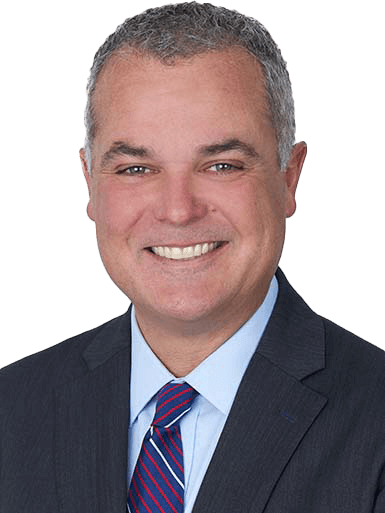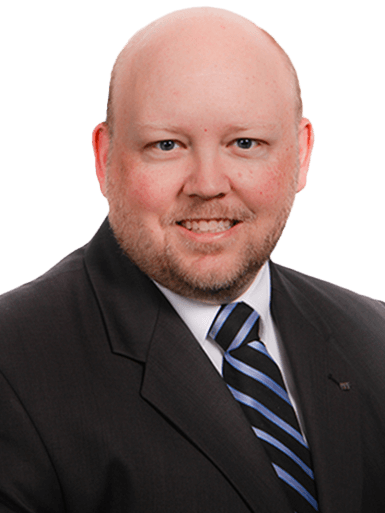How the SECURE Act May Change Your Retirement Savings
AAFCPAs Wealth Management would like to make clients aware that the recent federal government spending package, signed by the president in mid-December, included the SECURE Act, or the Setting Every Community Up for Retirement Enhancement legislation. The legislation contains significant changes to Individual Retirement Account (IRA) rules, company sponsored retirement plans, and several other changes that impact financial planning.
Key Highlights of the SECURE Act:
Changes to Retirement Account Rules
Stretch Rules: The SECURE Act made major changes to the IRA Stretch Rule, which previously allowed a beneficiary of an inherited IRA or ROTH to withdraw the account out over their lifetime. This was an attractive planning technique allowing investors to be thoughtful about who would inherit retirement accounts and keep the funds growing tax free in the IRA or ROTH for decades. Under the new legislation, retirement accounts must be drawn down over 10 years for anyone passing away after 2019. There is no required annual distribution from the account so long as the account is emptied within 10 years. The Stretch Rule change does not affect anyone who inherited an account from an owner who passed away prior to 2020.
There are additional exceptions to this change to the Stretch Rule. Under the SECURE Act, certain beneficiaries can continue to use the Stretch Rules. These beneficiaries include: a surviving spouse, a minor child, a disabled or chronically ill individual, and an individual who is less than 10 years younger than the account owner. These individuals still have favorable distributions rules and can continue to withdraw these accounts over their life expectancies.

Trust Planning: The SECURE Act may impact previous trust planning that included provisions for IRAs and ROTHs. AAFCPAs is available to review trusts that may have been named as a beneficiary of an IRA or ROTH account to see if there are any needed changes due to the SECURE Act.
Contributions after 70½: The SECURE Act removes the age restriction on contributing to IRAs if an individual or spouse has earned income. Prior to this change, an individual could only contribute to an IRA until they reached 70½.
Required Minimum Distributions: The SECURE Act moves the age at which individuals must start taking a Required Minimum Distribution (RMD) from 70½ to 72. Anyone who turned 70 ½ in 2019 is unaffected by this change; i.e. if you turned 70½ in 2019 and have not yet taken your initial RMD for 2019, you must take that RMD by no later than April 1, 2020 or face a 50% penalty on the shortfall. Then you must take your second RMD, for the 2020 tax year, by December 31, 2020.
Qualified Charitable Distributions. After reaching age 70½ you can continue to make charitable contributions of up to $100,000 (tax free) per year directly from your IRA(s); i.e. an individual has a one to two-year window before they take their RMD to process a Qualified Charitable Distribution. Be aware that any deductible IRA contributions made for the year you reach age 70½ and later years can reduce your annual qualified charitable distribution allowance.
Birth or Adoption: The SECURE Act allows for a $5,000 Qualified Birth or Adoption Distribution from an IRA without paying any penalties. You still must pay income tax on the distribution, however.
Retirement Plan Changes:
Annuities: The SECURE Act creates a Fiduciary Safe Harbor for ERISA fiduciaries to allow for inclusion of certain annuities within a company sponsored retirement plan. Before electing this change in your company sponsored retirement plan, you should consult with your AAFCPAs Wealth Advisor so we can model the change into your retirement plan.
Company Sponsored Retirement Plan Changes:
- The SECURE Act creates a tax credit for small businesses to encourage the establishment of a company sponsored retirement plan. This applies to the establishment of a SEP 401(k), 403(b), or SIMPLE IRA.
- The Act creates a tax credit for small businesses for the adoption of auto enrollments in 401(k) plans.
- Company implemented auto enrollment contribution maximum into 401(k) plans increased to 15%.
- Part time employees who work at least 500 hours in at least three consecutive years will be eligible to enroll in the company 401(k) plan.
- The Act lowers the barrier for small employers to band together to create a multi-employer sponsored retirement plan. This should allow for more scale and should allow for a lower plan cost.
- Employers may adopt company sponsored retirement plans right up to their employer tax return due date.
Other Miscellaneous Changes:
529 Plans: The Act made 529 Plans more flexible by expanding the definition of qualified higher education expenses to include student loan payment, trade schools, and apprenticeships.
Student Loans can be paid out of a 529 plan up to $10,000 over the beneficiary’s lifetime.
Kiddie Tax: The Tax Cuts and Jobs Act of 2017 made changes to the Kiddie Tax. Under the changes implemented in 2017, a child’s unearned income was taxed at estate and trust tax rates. Under the SECURE Act, the child’s unearned income will now be taxed at the parent’s tax rate if higher than the tax rate of the child.

If you have questions, please contact: Andrew E. Hammond, CFP® at 774.512.4143, ahammond@nullwealth.aafcpa.com; Joshua England, JD, LLM at 774.512.4109, jengland@nullaafcpa.com; or your AAFCPAs Wealth Advisor.
AAF Wealth Management is a Registered Investment Adviser. Advisory services are only offered to clients or prospective clients where AAF Wealth Management and its representatives are properly licensed or exempt from licensure. This blog is solely for informational purposes. Past performance is no guarantee of future returns. Investing involves risk and possible loss of principal capital. No advice may be rendered by AAF Wealth Management unless a client service agreement is in place.


